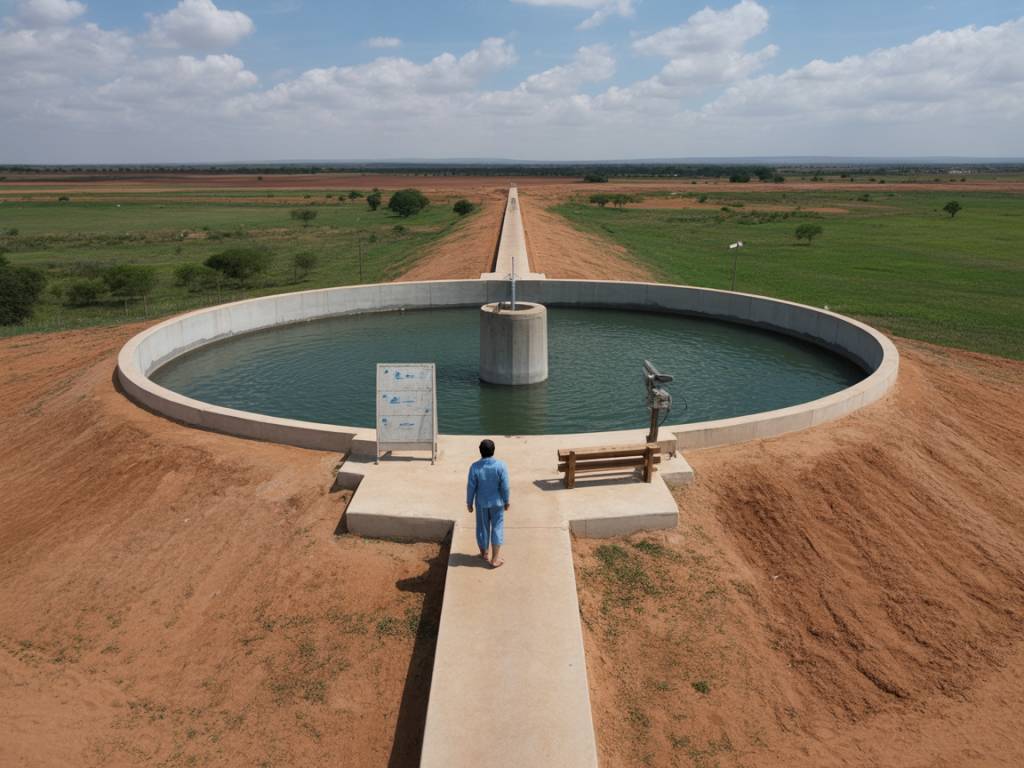Understanding Predictive Analytics in Sanitation Systems
Predictive analytics in sanitation and water systems is emerging as a critical component in the transformation of global public health strategies. By leveraging big data, municipalities and water authorities can now detect contamination risks, predict system failures, prevent disease outbreaks, and optimize maintenance schedules—all before significant issues arise. This proactive approach to public health combines historical data, machine learning algorithms, and real-time system monitoring to enhance sanitation infrastructure and policy making.
In this article, we will explore how predictive analytics in sanitation is reshaping health outcomes, saving costs, and making urban and rural water systems more resilient to environmental change. We’ll also delve into the technologies enabling these advances, offering insights for engineers, policymakers, and public health officials.
The Role of Big Data in Modern Sanitation Infrastructure
The application of big data in water systems involves collecting vast amounts of information from multiple sources. Sensors embedded in sewage networks, water treatment facilities, and even household plumbing generate real-time data streams. These streams include variables such as water pressure, flow rates, temperature, pH levels, bacterial content, and chemical composition.
Once captured, this data is transmitted to centralized cloud platforms or edge processing systems. Here, predictive algorithms scan for patterns that indicate potential problems or inefficiencies. By recognizing anomalies, these systems help public utilities take targeted actions that reduce environmental impact and health hazards—long before they manifest as public crises.
How Predictive Modeling Enhances Public Health
Predictive modeling in sanitation contributes directly to improved public health outcomes by preventing waterborne diseases and ensuring access to clean water. Traditionally, health agencies were forced to act reactively—responding to contamination or system failures after individuals became sick. Today, risk modeling enables early warnings based on historical outbreak data, wastewater monitoring, and meteorological conditions.
For example, during the COVID-19 pandemic, wastewater analysis played a crucial role in tracking the spread of the virus in real time. This early detection method provided a low-cost, non-invasive tool to assess infection levels in urban populations. Similarly, predictive tools can identify the spread of cholera, dysentery, and other dangerous pathogens, especially in flood-prone or high-density areas.
Key Technologies Powering Predictive Analytics in Sanitation
An integrated ecosystem of technologies supports smart sanitation systems:
- IoT Sensors: Deployed across pipelines, treatment stations, and sewers to gather environmental and performance data.
- Cloud Computing: Facilitates storage and real-time access to massive datasets from decentralized sources.
- Machine Learning Algorithms: Trained to learn from historical events and predict potential failures or contamination risks.
- GIS Mapping Tools: Visually correlate leaks, maintenance records, and epidemiological data across geographies.
- Advanced Data Dashboards: Empower operators with intuitive interfaces to interpret trends and anomalies instantly.
These tools are not only transforming how data is collected and interpreted, but also how policies are implemented across water boards and sanitation departments.
Operational Benefits of Predictive Maintenance in Water Networks
Predictive maintenance in water networks offers tangible advantages over traditional reactive or scheduled maintenance strategies. Using data-driven insights, service departments can prioritize inspections and repairs according to actual risk levels rather than fixed schedules.
This results in:
- Cost Savings: Reducing unnecessary maintenance visits and avoiding expensive emergency repairs.
- Increased Lifespan of Infrastructure: Equipment and pipelines remain in better condition for longer.
- Improved Service Continuity: Less downtime due to unexpected system failures.
- Environment Protection: Early detection limits the spread of pollutants and protects aquatic ecosystems.
Ultimately, such optimization translates into more sustainable management of water resources, especially under increasing pressure from urbanization and climate change.
Barriers to Adoption and How to Overcome Them
While the potential is vast, implementing predictive analytics in sanitation is not without challenges. Common barriers include:
- Data Silos: Fragmented systems reduce the potential for unified analysis and real-time insights.
- High Capital Investment: Technology installation, training, and system integration demand upfront funding.
- Lack of Technical Expertise: Many water utilities lack the in-house skills to manage data-intensive systems.
- Data Privacy Concerns: Especially when monitoring involves household consumption or community-based disease tracing.
To overcome these barriers, governments and international organizations are increasingly investing in capacity-building programs. Public-private partnerships also help utilities access modern technology while sharing financial and technical burdens with companies specializing in sanitation analytics and smart water systems.
Real-World Applications Around the Globe
On the international stage, several cities and countries are leading the charge in smart sanitation system deployment powered by predictive analytics:
- Singapore: Has implemented a fully integrated water loop system using real-time sensor data for predictive maintenance and water quality control.
- Netherlands: Municipalities are using AI models to adapt wastewater management to rainfall patterns and prevent overflow incidents.
- India: In cities like Pune and Hyderabad, predictive monitoring is helping to improve slum sanitation and mitigate cholera outbreaks.
- United States: Wastewater surveillance is now part of the CDC’s public health monitoring strategy, tracking disease trends at the community level.
These initiatives showcase how scalable and impactful predictive analytics can be, whether mitigating risks in megacities or enhancing rural water infrastructure resilience.
Future Outlook: Integration with Climate Adaptation and Smart Cities
Looking ahead, the future of predictive analytics in water sanitation will intersect with broader trends including smart cities, climate resilience, and digital twin technologies. Systems will become more autonomous, learning and adapting from data over time. Predictive tools will not only identify system failures but also suggest optimized engineering solutions and generate actionable alerts automatically.
With climate change intensifying extreme weather and stressing clean water resources, predictive tools can anticipate the impacts of droughts, floods, and infrastructure stress. This allows communities to prepare in advance, allocate resources effectively, and protect public health in ways that simply weren’t possible before.
Ultimately, investing in predictive sanitation analytics is an investment in the future efficiency, security, and equity of water access. For governments, technology partners, and concerned citizens alike, the path forward is clear—data must become a central pillar of sanitation strategy in the 21st century.
